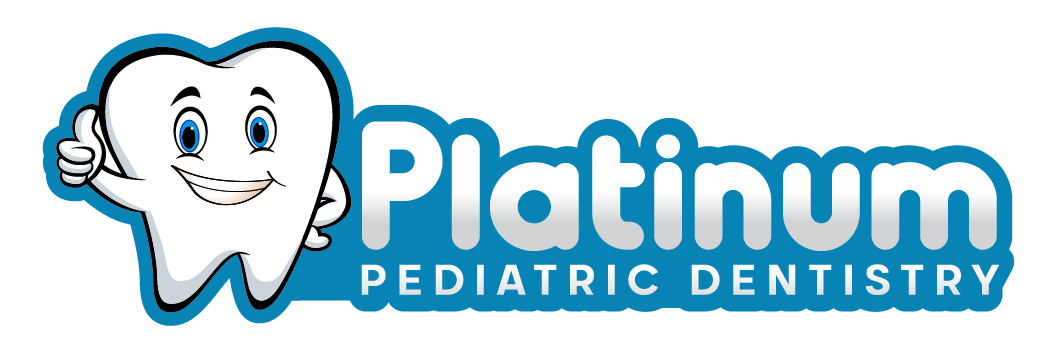 January 14, 2025
January 14, 2025Dr. Dan Bamshad, DDS
For Long Island families striving to maintain their children’s oral health, fluoride toothpaste often sparks important questions. Chief among them: Is fluoride toothpaste okay for kids if they swallow it? Fluoride plays a critical role in preventing cavities, but understanding its proper use is essential. At Platinum Pediatric Dentistry, we’re committed to helping parents navigate the benefits and risks of fluoride for their children.
The Importance of Fluoride for Oral Health
Safe Fluoride Use for Different Age Groups
- Under 3 Years Old: Use a smear of fluoride toothpaste, about the size of a grain of rice. This small amount is safe even if swallowed.
- Ages 3-6: Use a pea-sized amount. Supervise brushing to ensure your child spits out the toothpaste.
- Over 6 Years Old: Most children can use standard amounts of toothpaste and effectively spit, minimizing fluoride ingestion.
What Happens if Kids Swallow Fluoride Toothpaste?
Fluorosis is a cosmetic condition that occurs when excessive fluoride is ingested during tooth development, leading to white or brown spots on the enamel. It typically affects children under 8 years old, as their permanent teeth are still forming.
The good news is that fluorosis is preventable with proper brushing habits:
- Use the recommended amount of toothpaste based on your child’s age.
- Supervise brushing until your child can spit effectively.
- Encourage spitting after brushing and avoid rinsing, which allows fluoride to stay on the teeth longer.
The Role of Fluoride in Cavity Prevention
- Remineralizing weakened enamel.
- Reducing the ability of bacteria to produce acids.
- Strengthening developing teeth, making them more resistant to decay.
Teaching Kids Proper Brushing Habits
- Start Early: Begin brushing as soon as your baby’s first tooth appears. Use a soft-bristled toothbrush and a smear of fluoride toothpaste.
- Brush Together: Set a good example by brushing your teeth alongside your child.
- Make It Fun: Use colorful, child-friendly toothbrushes and play their favorite songs to make brushing enjoyable.
- Practice Spitting: Teach your child to spit out toothpaste by practicing with water first.
When to Use Fluoride-Free Toothpaste
Additional Sources of Fluoride
- Fluoridated Water: Many Long Island communities have fluoride in their water supply, providing an added layer of protection.
- Professional Fluoride Treatments: At dental checkups, your child may receive fluoride varnishes or gels for extra protection.
Addressing Common Concerns About Fluoride
Q&A Summary
A: Small amounts are safe, but proper supervision and brushing habits are essential to prevent excessive fluoride ingestion.
A: A smear for children under 3, and a pea-sized amount for kids aged 3-6.
A: Fluorosis is mild discoloration caused by excessive fluoride intake during tooth development. It can be prevented with proper toothpaste use and supervised brushing.
A: Fluoride-free toothpaste can be used temporarily while teaching proper brushing and spitting habits, but fluoride toothpaste is recommended for long-term cavity prevention.
